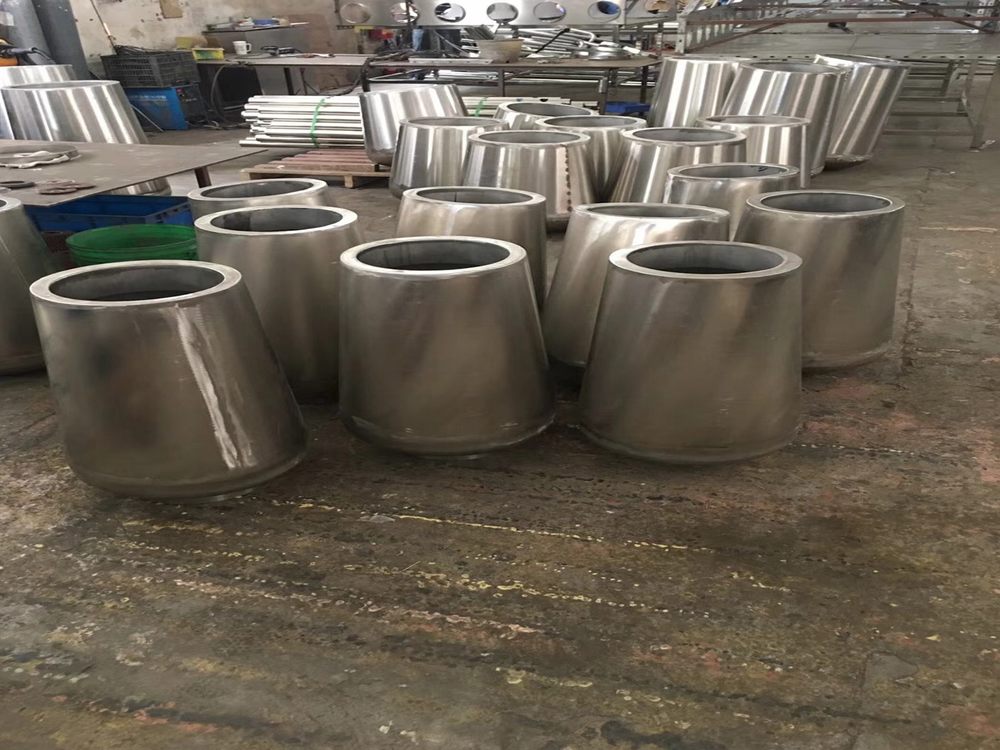
Porcelain sculptures, with their delicate beauty and enduring strength, have long served as profound mediums for exploring identity and personal heritage. These intricate artworks transcend mere aesthetics, embedding cultural narratives, familial traditions, and individual stories within their forms.
Artists often use porcelain to reflect their roots, incorporating motifs, colors, and techniques passed down through generations. For instance, Chinese porcelain might feature blue-and-white patterns symbolizing harmony, while European pieces could showcase Rococo flourishes tied to aristocratic legacies. Each stroke and curve becomes a dialogue between the creator and their ancestry.
Beyond cultural symbolism, porcelain’s transformative nature—from raw clay to glazed masterpiece—mirrors the journey of self-discovery. The fragility of the material parallels vulnerabilities in personal identity, while its resilience after firing represents the strength found in embracing one’s heritage. Contemporary artists further push boundaries by fusing traditional methods with modern themes, addressing diaspora, gender, or hybrid identities.
Ultimately, porcelain sculptures act as tactile archives, preserving and reinterpreting heritage in ways that resonate across time and borders. They invite viewers to reflect on their own stories, making the personal universal through the language of art.

